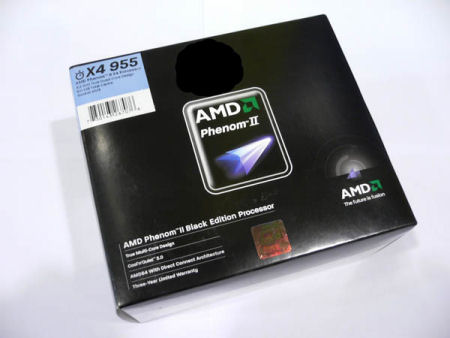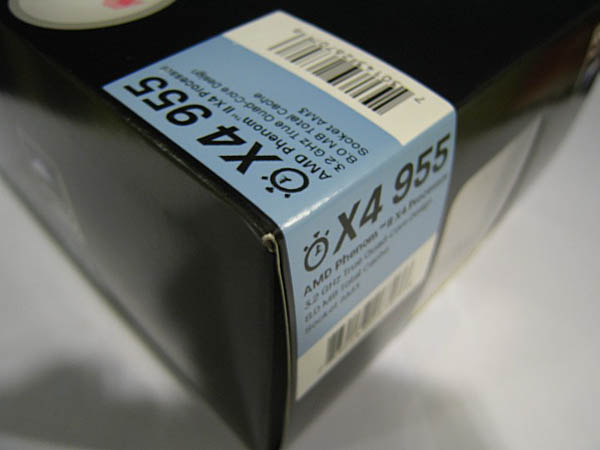The price is *about* right. AM3 motherboards generally cost £90 - £160, so the CPU + Mobo is still cheaper then even the most basic i7 set up - plus people are more familiar with memory moving in powers of 2, so being able to plump for a safe, familiar, 4GB dual-channel set, rather than contemplate the complexities of whether 3GB is enough memory or you need to shell out for 6GB (which may be too much) will appeal to some. Inertia is a surprisingly powerful force in retail markets!
Intel still own the performance crown, of course, but this will appeal in the mainstream as an alternative to the soon EOL Core 2 / 775 combination: and hopefully AMD will continue making future processors backward compatible, so an AM3 platform now may well be an investment for several years ;)
Oh, and as an aside it also offers another step up in the upgrade path for anyone on AM2/ AM2+ …
I know intels core 7 is really good but it isnt for gaming so AMD actually have a better product it would seem, they offer decent dual cores which can cope with all games and are really cheap along with quadcores that undercut intel and perform similar in games and a bit better/worse in general tasks. Core 7 uses alot of power iirc and the phenom 2s dont use as much do they? Thats an advantage id like especially when AM3 has a future unlike core 7 socket.
Something to keep in mind with backwards compatibility with AMD sockets is that, if past observations and reasoning are any indication, the main prompting for socket changes are memory standard changes (ex: DDR2 to DDR3), so that you cannot foolishly slot in a chip that can't handle a certain memory standard that the motherboard in question utilizes (AM2-based chip in an AM3 socket/DDR3 motherboard is a very dumb idea and if you try it and don't know why it doesn't work, maybe you shouldn't be messing with computer hardware).. AM2 and AM2+ aren't really different sockets, for instance- just labels for two ‘grades’ of HyperTransport with the same socket.
If AMD does make any new sockets for Desktops, it is guaranteed to only happen whenever a new standard beyond DDR3 rears its head, and there's been no sign of such in my observations. Thus, AM3 shows signs of being the main socket for a good while.
Now that both chipmakers use on-chip memory controllers, memory standards are going to be the driving force for socket changes on all fronts. Something that seems to get overlooked when people have commented on AMD's socket history, it seems, but has clearly been the leading cause for their socket changes.
The main thing I've noticed about DDR3, though, is that it really doesn't offer that much better performance, if any improvement, over DDR2, and what I've gathered is that its the fault of the CAS Latency often being twice what you can get with high-end DDR2, making it so you generally need drastically faster frequency ratings to get any benefit. And even then, the operable voltages need to be low to better cater to the on-chip memory controllers that can't add much more heat to the delicate CPUs. This is generally why I've been observant of the memory sets that have CAS Latency of 8 and voltages rated at 1.65v… unfortunately, these are also invariably packaged in triple-channel sets to appeal to the i7 crowd.
They're still working the kinks out of DDR3, it seems, while DDR2 is still tried and true. AM3 CPUs work with both, which is a wise move.















